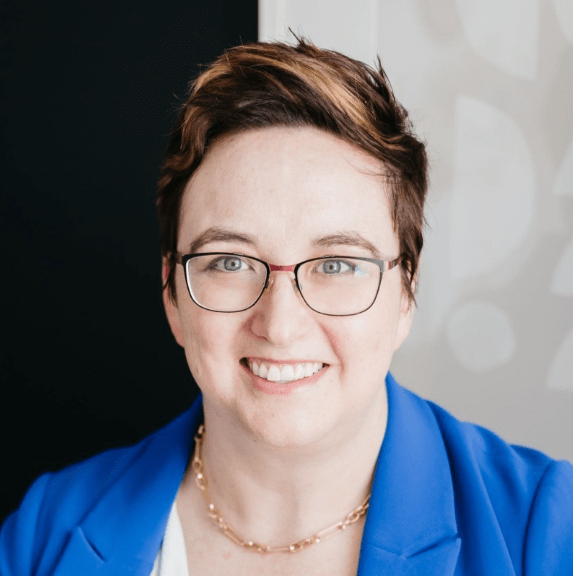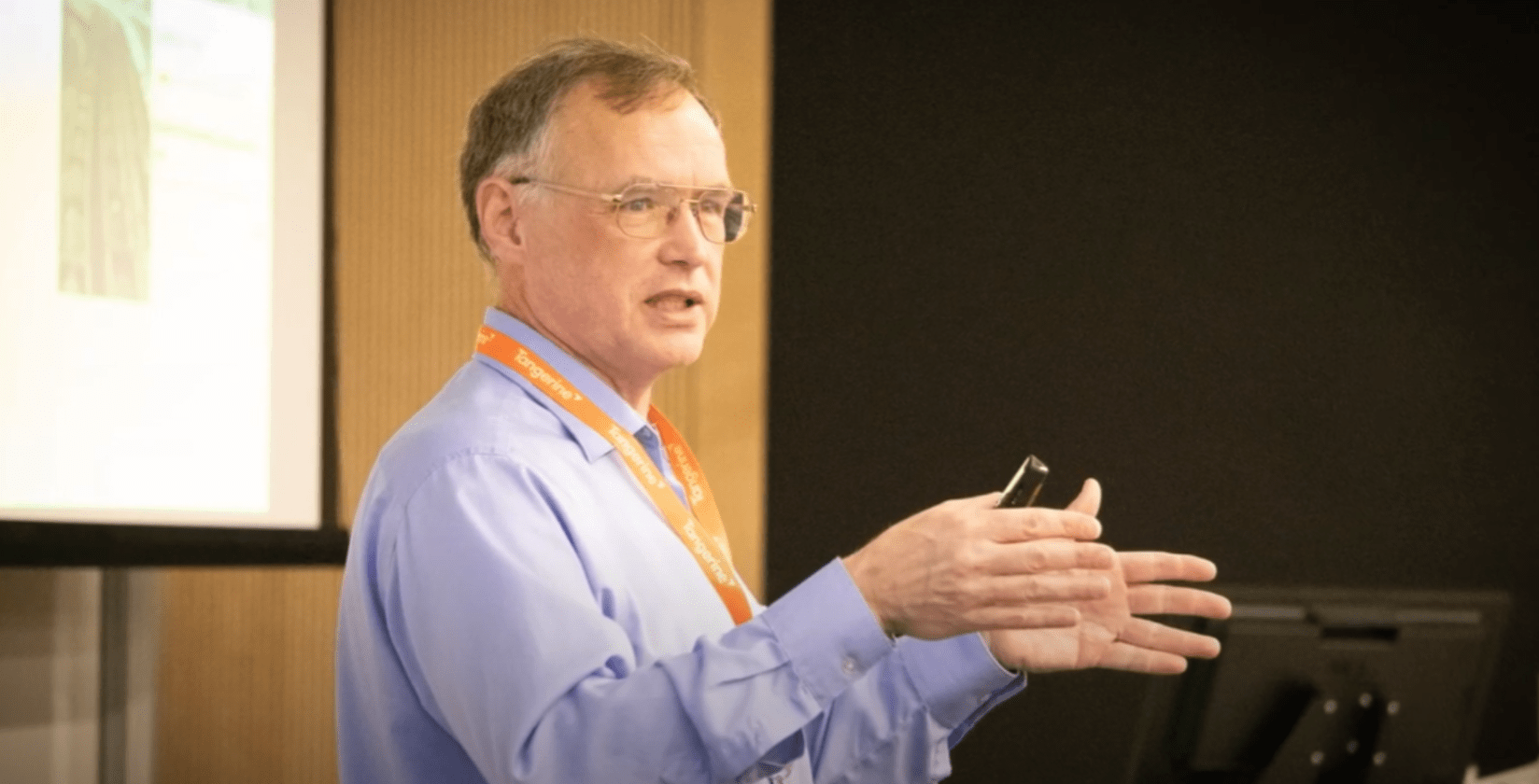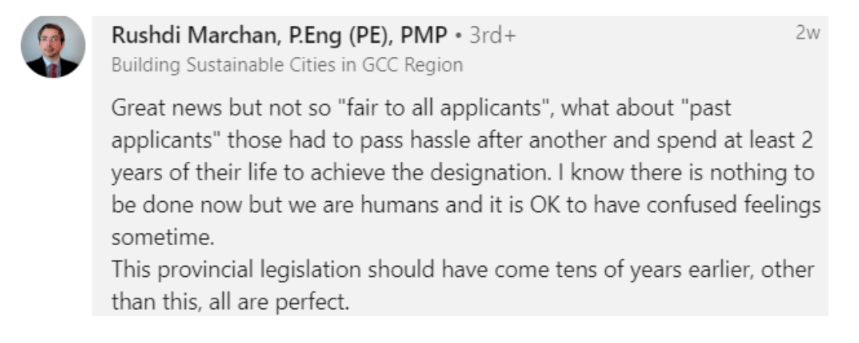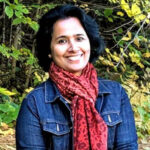As Professional Engineers Ontario works toward removing the Canadian Experience component of the accreditation process for internationally trained professionals, some, including on social media, are wondering how these professionals will adapt to a Canadian environment. If you come from a warm country, for instance, do you know how to deal with snow loads on buildings? As a civil engineer, have you ever dealt with the contraction of steel in very cold temperatures?
Roydon Fraser, president of Professional Engineers Ontario [PEO], says that while these are legitimate concerns, the Competency-Based Assessment [CBA], used in British Columbia for many years, is another way to assess experience and assuage the public’s concerns.
The adoption of the CBA framework has changed the landscape on how experience is assessed, says Mark Fewer, CEO and registrar of Professional Engineers and Geoscientists Newfoundland & Labrador [PEGNL]. Fewer said the CBA’s focus is not solely on the amount and type of experience acquired, or where it was acquired, but rather on “demonstrated competencies, which has helped eliminate some of the challenges including removing the one-year Canadian experience previously faced by applicants.” It’s also why both domestic and international applicants must be able to demonstrate their competencies under this framework, he added.

In September 2022, PEGNL, which receives 40 per cent of international applicants annually, fully implemented a CBA framework for evaluating experience. Fewer said the framework focuses on “outputs – a demonstration of one’s understanding and abilities – vs inputs – what and how much of something one has.” As a result of adopting this framework, Fewer said PEGNL has eliminated the 12-month Canadian experience requirement.
Additionally, while some of the competencies under the CBA are identified as Canadian environment competencies, which best demonstrate an applicant’s knowledge and or experience of Canadian regulations, codes and standards, Fewer said the experience examples provided to demonstrate competency in these areas do not necessarily have to be acquired within Canada.
“An applicant may use international experience examples for these and all other categories, as long as they can adequately demonstrate that they have acquired the competencies,” he said.
Not all see it that way. While some professionals saw PEO’s recent removal of the Canadian Experience requirement as a positive step towards inclusion and diversity within the profession, Stephanie Holko, president and chair of the board of the Ontario Society of Professional Engineers (OSPE), said there are people who feel Canadian experience is essential to understanding codes and regulations.

However, she explained, that’s why it’s up to the individual and the employer to make sure they’re up to speed on the current codes and regulations. “So you still have to do that work,” she said. “I don’t think there’s any increased risk.”
Transitioning to a competency-based assessment framework

Fraser says while the transition might make some nervous, it’s all about building confidence in the system and establishing over time that the public remains safe because the engineers are maintaining safety at the same level. “What they need is evidence,” he said, “but the evidence is also going to be slow to build.”
Holko adds that “you really have to have confidence in the regulator to say that if they’ve issued a licence, it’s to people who are competent to do engineering work in Ontario.”
To build industry confidence, as a mentor to newcomer engineers, Jeff Smith, a professional engineer (P.Eng.) who is a manager at a leading engineering consulting firm, suggests they start by studying the codes and standards of the country. “Pick up the relevant Canadian standard in your industry. Start looking at online examples. Tell prospective employers about your initiative and how you are working to integrate your unique knowledge with local codes,” he said.
He also suggests drawing parallels between their foreign experience and local standards, i.e. “I designed X in my hometown to the relevant Australian design code, which is similar to its Canadian equivalent.”
Removing the one-year Canadian experience not the be-all and end-all of removing barriers
Farid has several years of experience as a Professional Engineer (P.Eng.) in Ontario. With his wife, who is also a P.Eng., Farid has been volunteering with the Catholic Community Services of York Region (CCSYR) for the past four years, providing online networking and training for newcomer engineering graduates.
Farid also spends many hours outside of work managing a Telegram group of around 1,200 people called Mahengineers, 90 per cent of whom are immigrants. He said though group members have questions about Canadian experience and finding jobs in Canada, most of the questions are about PEO licensing procedures.
“Getting answers from those who have been through the PEO licensing process turns out to be much faster than sending an email to the PEO and waiting days or months for a response,” he said.
Hessam Mohammadnia, a member of that Telegram group and an engineering intern, says that for both domestic and international students, “the hardest part is the lengthy application review process.” He arrived in Canada from Iran in November 2018 with a Bachelor of Engineering and more than five years of project engineering experience. Mohammadnia completed a post-graduate certificate in manufacturing and applied manufacturing management from Conestoga College in April 2020. He applied to PEO in October 2021, and it took about six months for his application to be evaluated. He said he is now waiting to take the technical exams.
“The one-year Canadian experience that PEO has removed is not the most difficult obstacle for an international applicant to overcome,” he said. In addition to the lengthy application review process, he says other steps such as the interview and technical exams feel more difficult.
“I graduated about 10 years ago, and having to sit down and study and go through the tests from my bachelor’s degree while working full-time seems very challenging,” he said.

For this reason, Mohammadnia now wonders if employers will prefer someone with a P.Eng but no Canadian experience.
“I think the PEO should make it easier for international graduates to be hired by employers.”
In addition, Mohammadnia says without people like Farid, who fill the gaps in the system with their time, network and kindness, newcomers will continue falling through the cracks of what he considers Canada’s broken integration system.
“Most immigrants don’t have a clue about integration challenges and are in for a rude shock when they arrive in Canada,” he said.
Ultimately, while the removal of the Canadian experience criteria opens the door to more diverse thought, Holko said there remains significant wasted potential and room for improvement.
“It’s heartbreaking to begin with. We have heard stories of immigrant doctors, lawyers, and engineers who are unable to work in their professions because of barriers,” she said, adding that June’s issue of OSPE’s Voice Magazine showed that 49 per cent of internationally educated engineering graduates remain underemployed.
“It’s not ad hoc or anecdotal. Half of the engineering graduates who come here are underemployed, and we don’t have time to waste,” she said. “We need their creativity and their skills. So this is a fantastic change that opens the doors for engineering graduates.”

Recognizing that it’s an imperfect system, Fraser tried offering some solace to the unfortunate professionals who have arrived in this country decades before this latest change, saying they should take some comfort in knowing that they are also responsible for the change.
“If you didn’t have the statistics of immigrant engineers, you wouldn’t have this change,” he said.
Minu Mathew is a writer and communication consultant who has worked closely with brands like Philips, 3M and Microsoft. She has a book of poems titled ‘In the Garden of Rain’ published on Amazon. Minu has lived in India, Sweden, US and UK. She currently lives in Toronto, Canada with her husband and two children.





